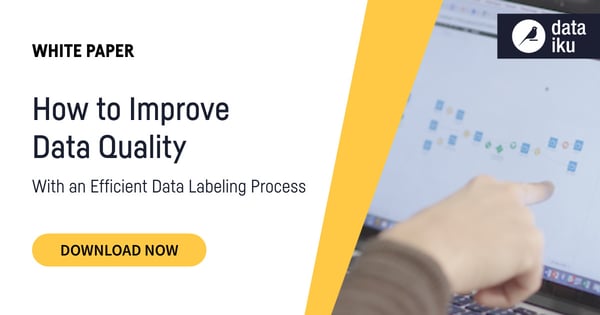A key principle behind data preparation that data scientists regularly hammer home is that of garbage in, garbage out — if your data is flawed going into a machine learning process, you are bound to receive flawed results, algorithms, and worse, business decisions.
The aforementioned data quality issues can manifest in a variety of ways, including but not limited to unlabeled data, poorly labeled data or other data labeling issues, inconsistent or disorganized data, an inundation of data resources, a lack of tools to properly address data quality issues, and process bottlenecks.
In order to create impactful machine learning models, organizations need tools and people to enrich various datasets so models can be trained, validated, and ultimately, operationalized and scaled. By taking the time to efficiently prepare data, both features and labels, models will experience stronger performance, increasing the tangible business value of the output.
Active Learning At-a-Glance
One technique that is used to address an inefficiency that plagues the data pipeline — bottlenecks associated with data cleaning and data labeling — is active learning. Active learning is a process that automates data labeling through machine learning algorithms and can be used to reduce the number of data labeling tasks necessary.
Interestingly, a 2019 Dataiku survey revealed that 29% of IT professionals across several industries plan to implement active learning within the next year. When you need to manually label rows for a machine learning classification problem, for example, active learning can help optimize the order in which you process the unlabeled data.
The active learning framework enables users to reduce the cost of data labeling necessary for a model to reach the required accuracy. It is regularly used in the following scenarios:
- When not all data can be annotated because it is too costly or complicated
- To speed up the labeling procedure by leveraging previously labeled data
- To optimize the order in which unlabeled data is processed
Active learning can be tremendously useful, particularly in instances where there is a significant amount of unlabeled data that would be extremely expensive or impossibly time consuming to otherwise label. While the data labeling technique is still being tested and refined today, it can certainly be used as a springboard to help determine and prioritize the data that should in fact be labeled and simultaneously enforce internal guidelines for when resources should and should not be used for data labeling.





